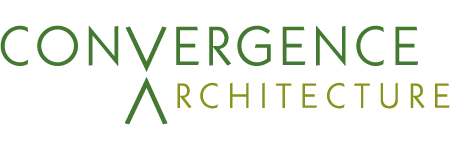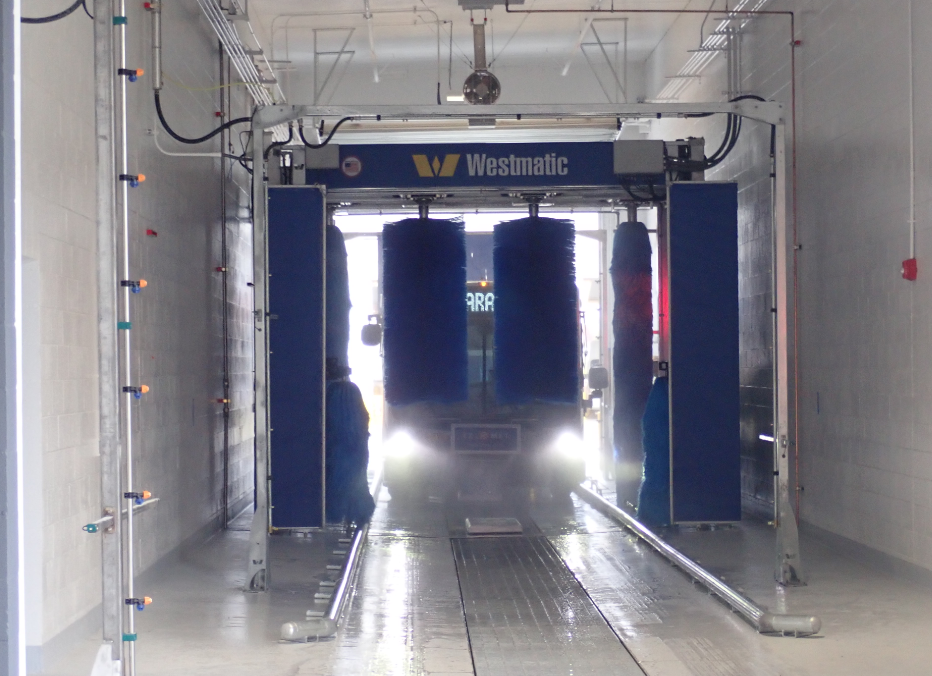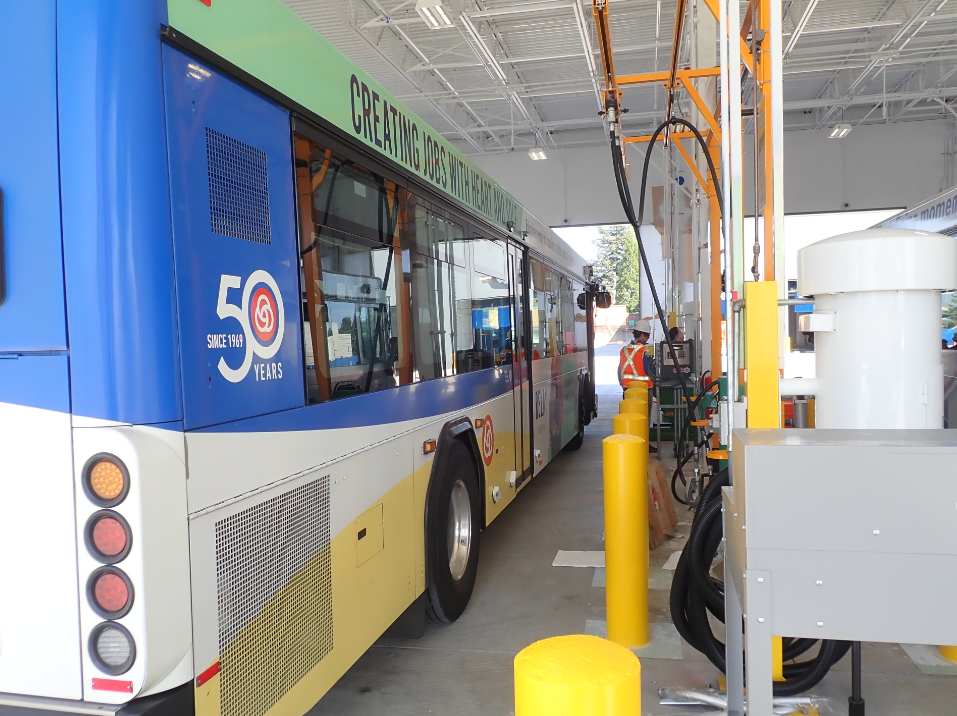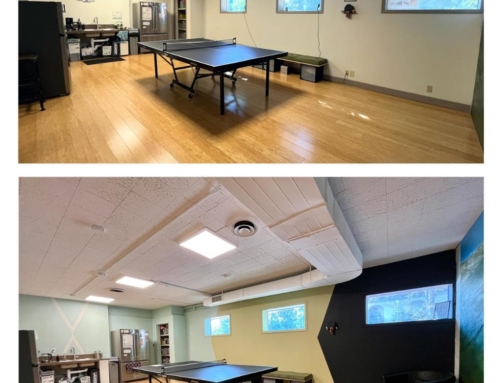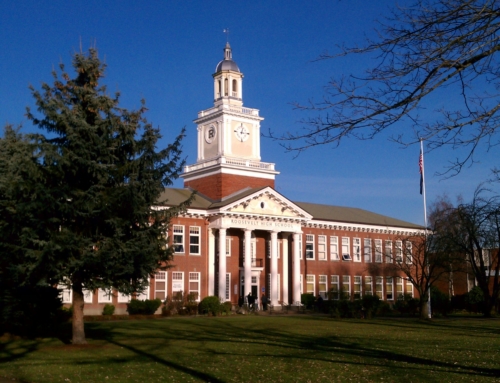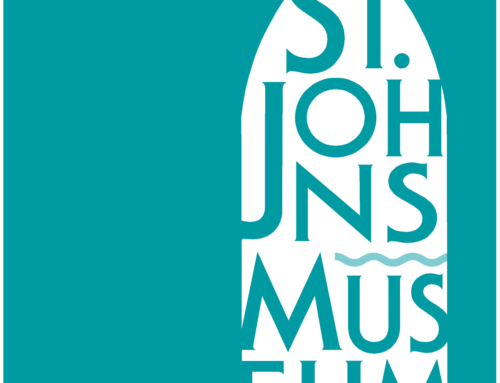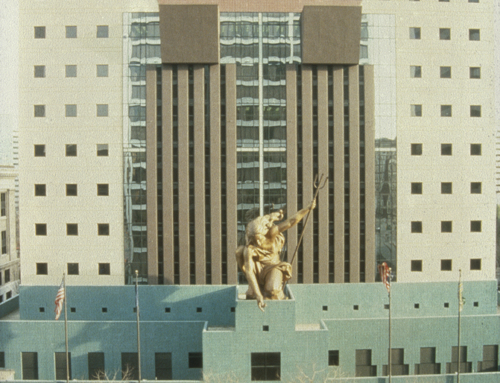Written by Adam Robins
It is commonly understood that architects design buildings, but architects are also often involved al the way through construction to evaluate contractor suggestions, answer questions, and ensure the project is ultimately successful.
Convergence was recently involved with the completion of the TriMet Powell Fuel and Wash Building in Portland, Oregon. The building completion process started in March and finished in late April of 2020, this process was complicated by the larger issue of a global pandemic during this time.
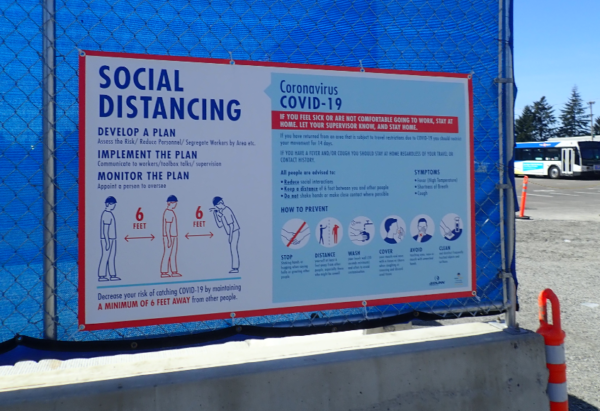
First, a note about site work during COVID-19. Given that respiratory global pandemics have not been common in recent history, the policies have been evolving to protect those working on site and prevent infection. Upon arrival at the site, all workers and visitors are required to report to a check-in tent staffed by medical personnel who ask questions regarding symptoms and contact with people who have COVID-19, and then a contactless temperature is taken. Those who have completed this process have a sticker with the date to put onto their hard-hat. Additionally, a minimum of six feet spacing between all people is required, and masks are required on site at all times.
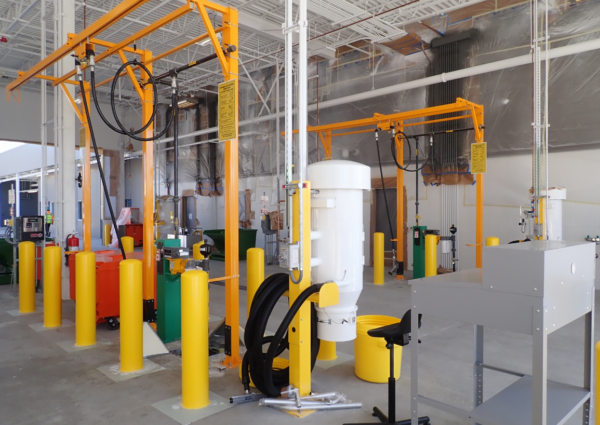
The process to turn the building over to the owner began toward the end of construction. Lists were made by our design team, including our design consultants, of items needing attention before the owner would take possession. This view from early April shows that most items were installed. Masking for painting is apparent toward the back wall. Generally, a punchlist process is initiated to find small items such as paint scuffs or items needing adjustment.
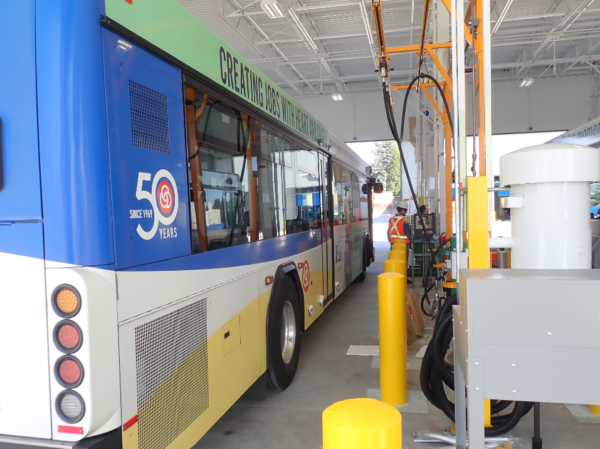
Another aspect of turning over a building to an owner is to commission, or ensure the building systems operate per the owner’s requirements. One detail of this, for our Fuel and Wash building, was to test the fueling system.
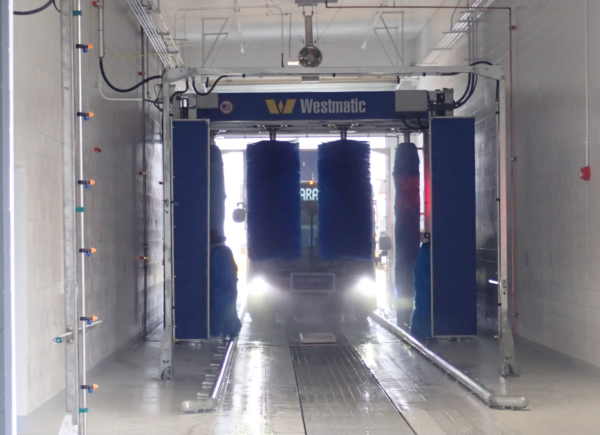
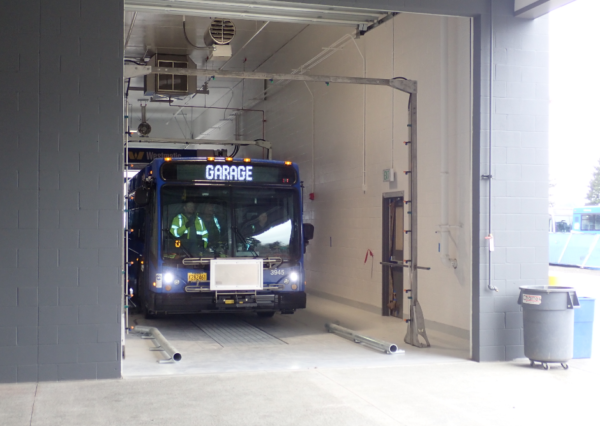
Another system tested specific to this type of building was the Bus Wash system. There are several features to look at with a system this specific, such as the pressure and flow of water, the cleanliness of the buses, and the compatability of the wash racks with the buses to be cleaned. The brushes that clean the front of the bus, for example, are designed not to entangle the bicycle racks that are on the front of all TriMet buses.

The exterior of the Fuel and Wash building, including metal wall panels, block wall signage, lighting, and other components were all reviewed. Working with the contractor, remaining items were addressed.
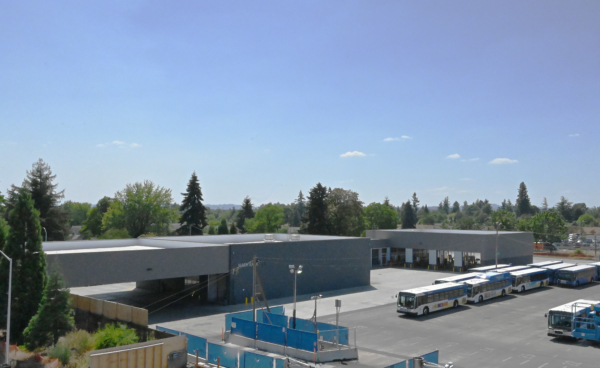
The completed building, as viewed from the northeast, shows the completed project ready to use after involvement by Convergence from building concept to programming through the design, permitting, construction, and turnover phases.

